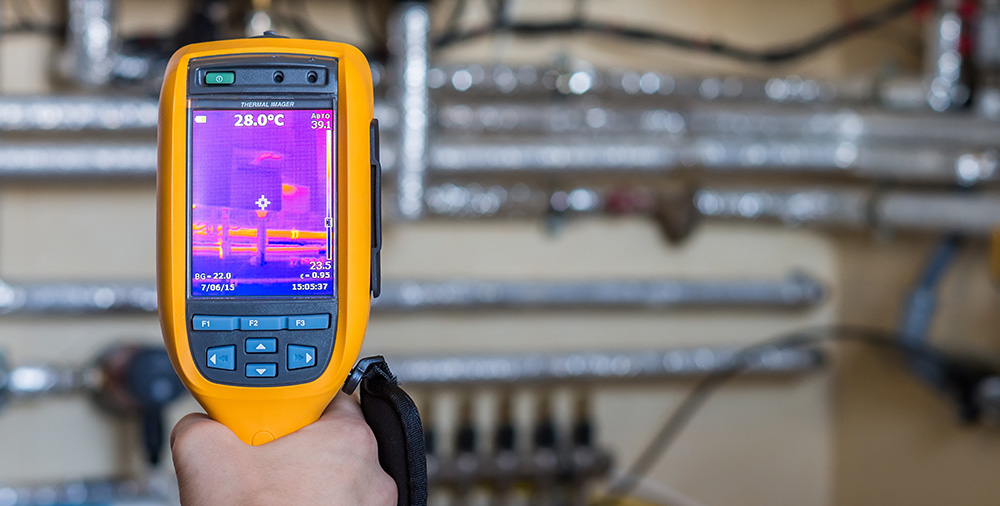A coolant flow sensor helps regulate water flow in the tube. This is critical for leak detection and coolant systems. To learn about a coolant leak detector, continue reading this guide.
Leak Detection and How It Works?
Usually, a coolant leak detector system controls the flow rate of liquids in the tube. Suppose there is unusual action detected; the system stops the water flow by closing a valve found in the leak detector. A coolant detection system is typically mounted at the water’s entry point into the home. This helps to shut off the water flow from any fixture or tools that use water. Doing so helps shield you and your family from any harm.
A leak detection system helps understand any escalation, like fitting the burst behind a wall, a tub left running for too long, or even a jammed toilet flapper. The systems are set to aid you in customizing shut-off frames based on your daily water usage patterns in the home. You can also connect your smartphone through an app to send alerts whenever you notice irregular water flow. With that, you can secure your properties if you are out of the house.
How Does a Coolant Leak Detector Assignment?
The leak detection system controls the water flow in either an ultrasonic wavelength or a turbine. It regulates the water flow by recording the time delay or counting the gallonage moving with the meter.
You can detect other leak detection systems that cut off the water by detecting the presence of fog. Suppose you sense any mist; there is a trigger resulting from a fixed valve to block the water flow. A coolant leak detector is ideal for under-sink uses. It works by bodily tracking the flow of liquid. Also, you can find other fixed leak radars, such as Flologic, that use an impeller to count the turns as they move past the units when the fluids in them are gauged and set back.
How Does the Welding Coolant System Work?
The welding coolant system has the first and second mark flow rate modules, speed control class, and target speed module. The initial target flow rate determines the system’s first spot flow rate in a motor. On the other hand, the mark flow rate class. Suppose there are any changes in heat input to the higher engine than the assumed value; it sets a second spot flow rate higher than the flow rate.
Coolant flows control systems come with a coolant detour circuit, a controller, and a liquid cooling device. Based on the second mark flow rate, a target speed module defines an engine coolant pump’s target speed. The velocity regulates class sets the engine coolant pump’s speed based on the end speed.
Final Thought
As noted earlier, various welding coolant devices are sold in the market. Therefore, it is challenging to know the proper devices. Ensure you constantly research before opting for the ideal coolant leak detector and coolant control system. It would help if you also had the perfect coolant flow meter to help in a successful project.






Add comment